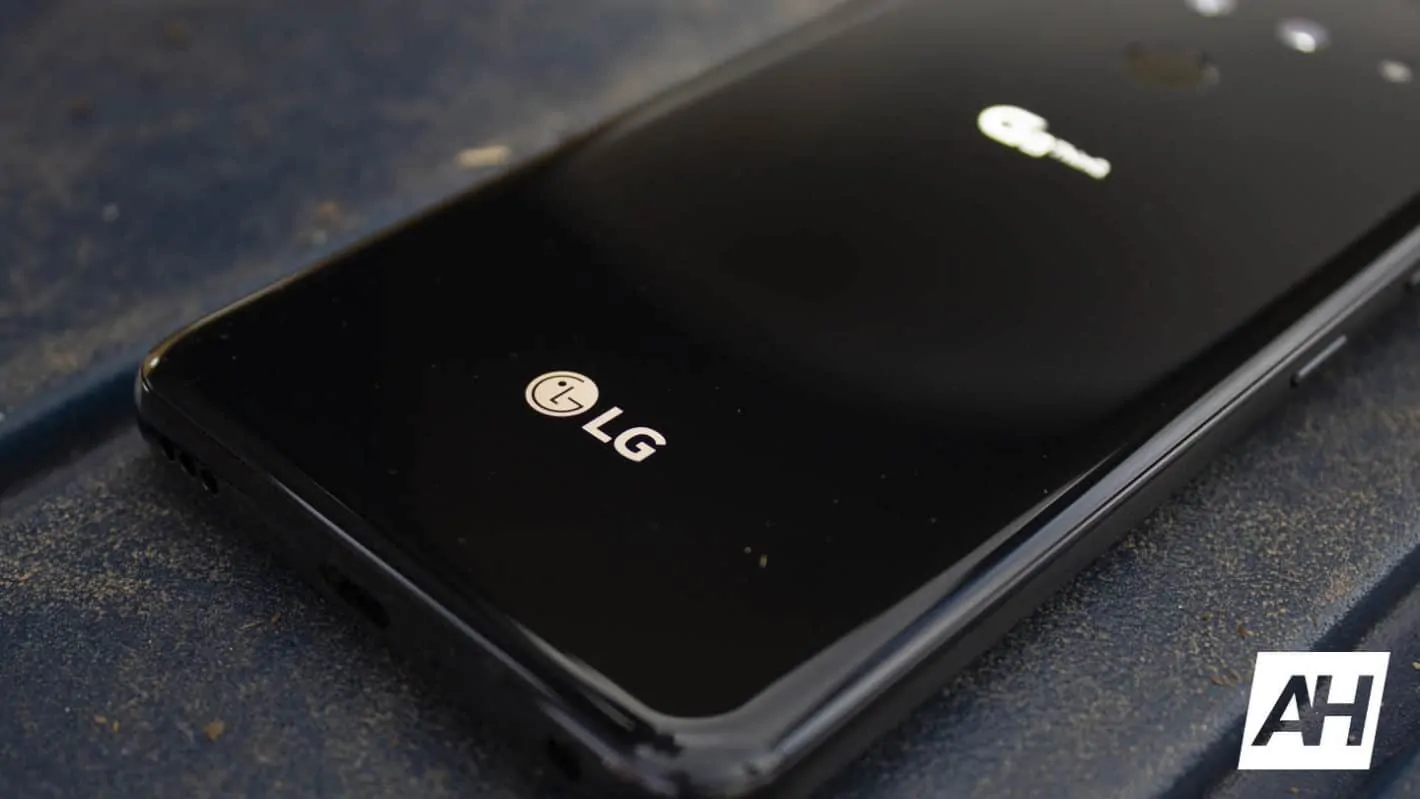The LG G9 ThinQ looks to be on par with the V60 ThinQ, but it won’t use the flagship Snapdragon 865 processor, according to a new report.
LG G9 ThinQ will not use the Snapdragon 865 processor
The LG G9 ThinQ is one of LG’s flagship series. It is one of the two (“G” and “V”) LG sells each year, and it is the “lesser” of the two. The V series is LG’s greatest.
It’s reasonable to expect flagships to use the flagship processor. In Android, that would be the Qualcomm Snapdragon 865 SoC. And yet, due to possible financial reasons, LG is opting for the inferior Snapdragon 765G instead of the 865.
Why is LG skipping out on the flagship processor for one of its Android flagships?
The LG G9 is affordable, without the 865 processor will save money
The Qualcomm Snapdragon 865 SoC is the highest of Qualcomm processors for mobile phones. A number of smartphones such as the Galaxy S20 series, bear the 865. And they should, those smartphones cost a minimum of $999 USD for the regular S20. The S20+ and S20 Ultra cost $1100-$1200 and $1400, respectively.
But LG is positioning the G9 as a more affordable smartphone. The V60 is already its most expensive phone of the year. The G9, in contrast, will be more budget-friendly than the V60. So, it makes sense that, to keep costs low and to save money for itself and customers, LG would opt for a more affordable processor for its most affordable flagship. The V60 could be a $1,000 USD flagship. The last thing LG wants is to make the G9 a V60 clone in every way, including price.
LG is cutting corners on the V60 to save money. For one, the company is going with only two cameras this year instead of three cameras like the V50 ThinQ. Next, LG is using a 1080p, 60Hz display on the flagship V60 instead of a Quad HD+ panel with a 90/120Hz refresh rate.
Snapdragon 865: expensive, in more ways than one
The Snapdragon 865 is an expensive processor. This is common knowledge. What isn’t common knowledge, however, is why the Snapdragon 865 is so costly.
First, there’s the flagship design that makes it a costly processor for flagships. Next, however, there’s the new SoC design that makes it more expensive for OEMs. Whereas Qualcomm flagship SoCs of the past integrate 4G modems onto a single processor chip, the new Snapdragon 865 requires two chips. One chip is for graphics and cores, the other chip, the X55, is for the new 5G modem.
So apparently, Qualcomm is requiring the purchase of a second chip for 5G to go with the 865 processor. OEMs who want to use the new 865 must purchase the X55 modem chip as well. Qualcomm isn’t selling the cores and modem separately.
Should a manufacturer like LG purchase the 865 for the G9, it will spend more money for the processor as a whole. That means smaller profit in LG’s pocket. Additionally, with greater spending on the processor, LG will spend more on smartphones overall. A smartphone requiring two chips for the processor will occupy twice as much space as previous SoCs.
Two chips consume twice the space, leaving smaller space for other phone components such as sensors. Two processor chips will mandate larger batteries, which cost more money.
The Snapdragon 765G, on the other hand, is an inferior processor but keeps everything on one chip. It isn’t as fast as the 865, but the speed difference is hardly noticeable to most phone buyers. And the 765G still provides 5G, though without the heavy price tag of the 865.
LG is not alone
LG is opting for the Snapdragon 765G, but it isn’t alone. Google’s upcoming Pixel 5 series will opt for the 765G over the 865 as well. The reason pertains to the mandatory two processor chips versus the all-in-one 765G chip. Additionally, opting for the modem integration chip of the 765G (versus the two-chip system of the 865) will save money. A dollar saved is a dollar earned, as the saying goes.
The LG G9 ThinQ will feature metal and glass design. As for specs, expect a 6.8-inch OLED display, 3.5mm headphone jack, in-display fingerprint sensor, 5G integration, a dual-camera setup, and a dedicated Google Assistant button. The G9 will run Google’s Android 10 out of the box with LG’s custom UI on top.

